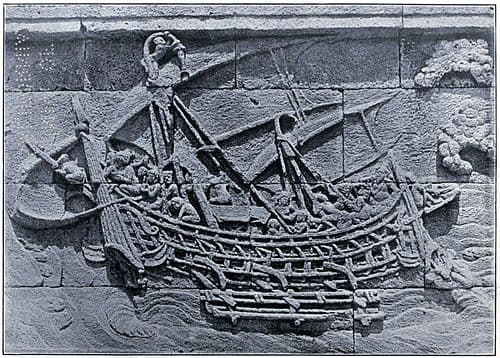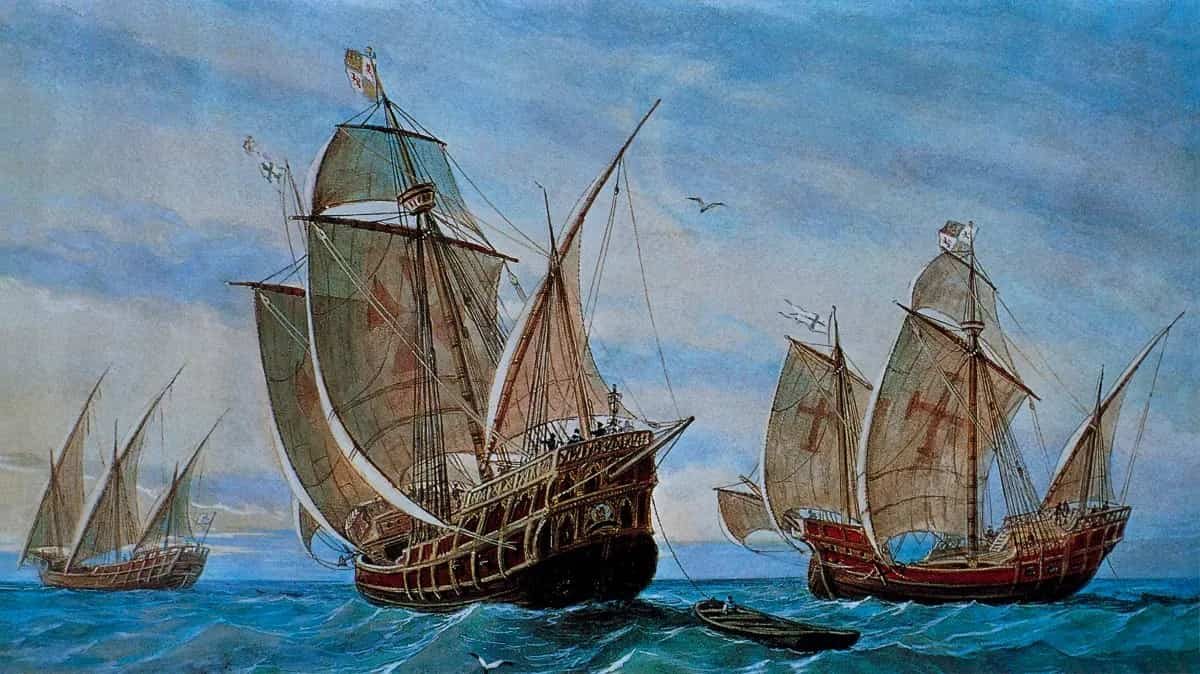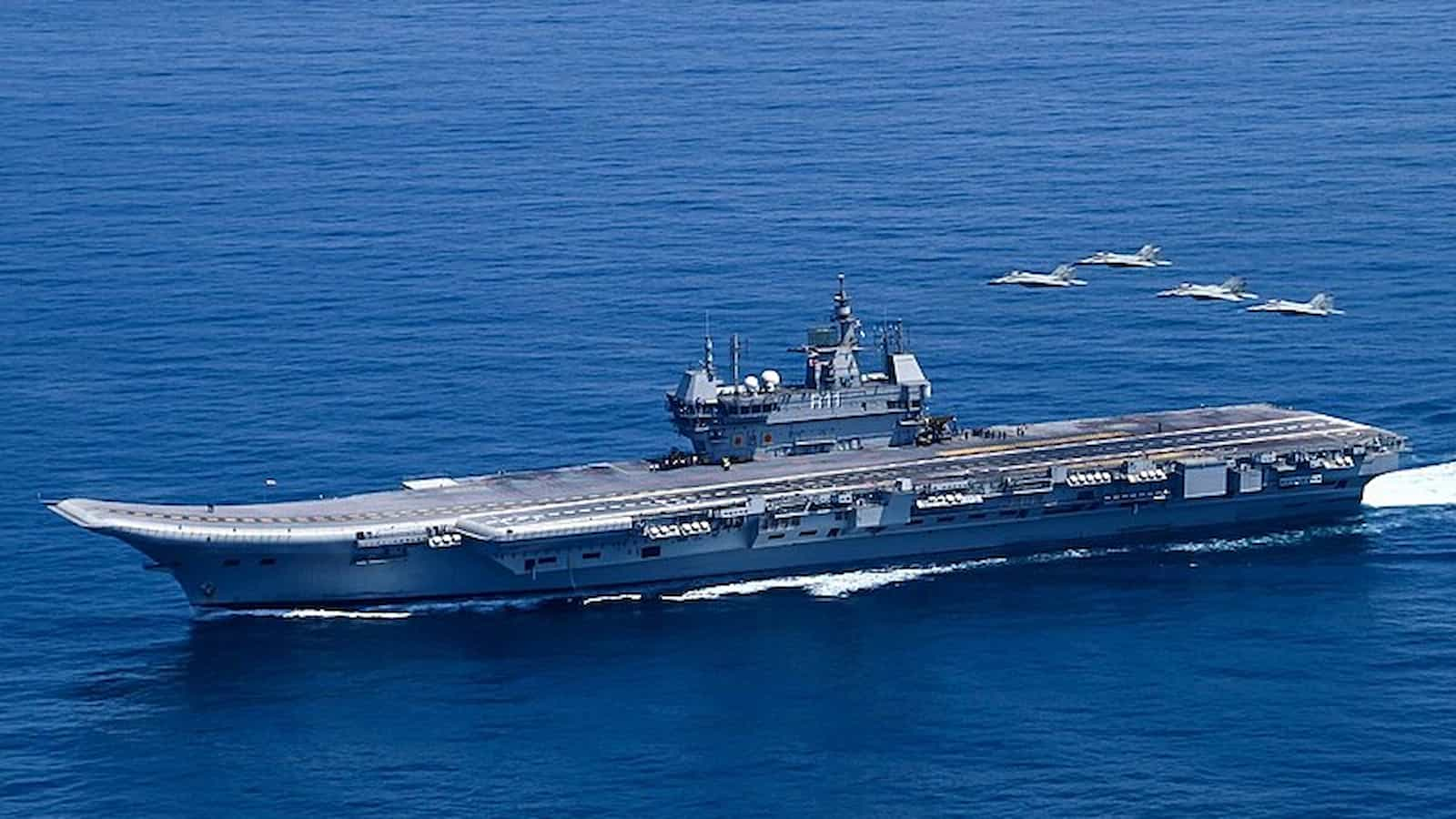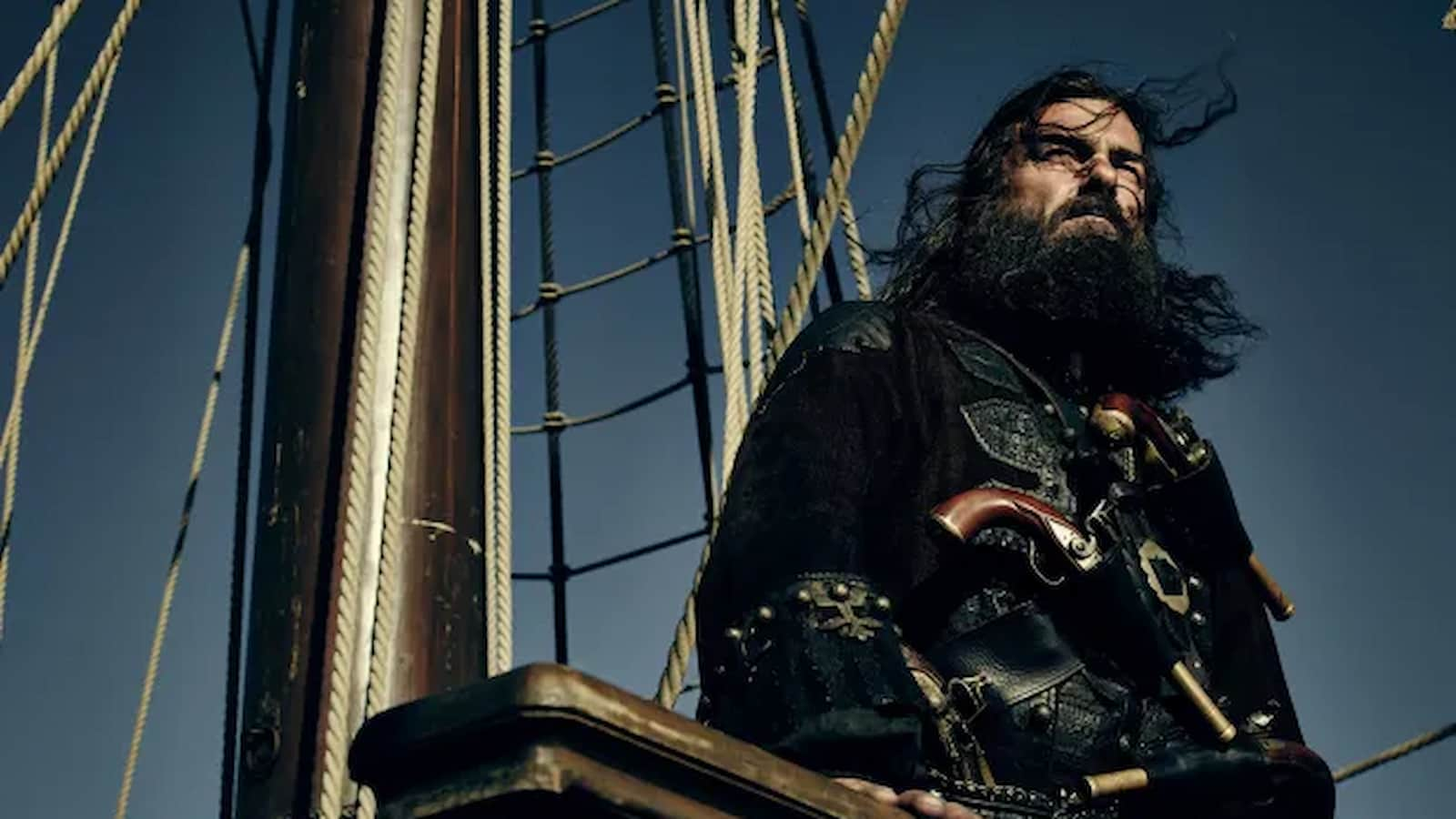History of Shipbuilding in India: Currently, the US, Europe, and Eastern Asia are the leading nations in the shipbuilding industry. However, there once was a period in the distant past when shipbuilding was a significant and prosperous business in India.
Indus Valley Civilization’s period
The craft of shipbuilding technology was a caste-specific monopoly that was passed down through the generations from father to son. The hands, fingers, and feet of the indigenous builders served as measurement tools. Boats with flat bottoms were designed for both large seas and inland waterways, where they were used for ship servicing and berthing. These vessels were capable of towing loads up to 60 tons. Moreover, the Harappans constructed a tide port.
Before the Vedic Era
There was an Indian shipbuilding Dark Age and a slowdown in the Harappan culture’s growth. We are unable to determine the causes behind this.
Mauryan Era

The Rig Veda described the laws governing maritime activity. A Superintendant of Ships was appointed to oversee the construction and upkeep of boats during the Mauryan era. Seven hundred passenger oceangoing ships were constructed. Records of boats with up to thirty oars constructed in Punjab for Alexander’s fleet suggest that the shipbuilding tradition had begun to take shape by the time of the Mauryans.
Lifeboats on Cruise Ships: Safety, Capacity, and Amenities
Post-Gupta Period
Vessels having one, two, three, and four masts—as well as an equal number of sails—were constructed during this time. Malabar teak was the primary wood used to construct ships since it was discovered to be more resilient than oak, which was the wood used to construct vessels in other regions of the world.
Medieval period

The Medieval Period saw the construction of several Indian warships intended only for maritime warfare. Even Indian ships had facilities for firing incendiary throwers and catapults. When the Portuguese arrived in India in 1498 AD, the construction of vessels changed as armaments were added. The Indian shipbuilding industry also benefited from the Marathas’ influence.
The Marathas established shipbuilding yards in Kolaba, Swarndurg, and Vijaydurg in the seventeenth century. The ships constructed here were renowned for their excellent sailing characteristics and ability to maneuver in narrow seas. The Baghalah was one of the first ship designs ever created, and it sailed the Gujarat coast. The Baghalah’s primary dimensions were its 74 feet in length and 25 feet in width. Its depth was around 11 feet, and its weight was 150 tons. From 1750 until 1837 AD, or roughly 87 years, the Baghalah was in use. As a result, it is evident that Indian shipbuilding existed long before the British did.
Shipbuilding in India suffered when European explorers like Vasco da Gama arrived in the 13th century and established the groundwork for colonization in the nation. However, shipbuilding in India witnessed a rebirth of sorts towards the 17th century due to the political alliance forged amongst the Indian rulers in the Western half of the country to fight the Westerners’ shipbuilding and naval endeavors.
Understanding the Differences Between a Ship and a Boat
Colonization Era

However, Indian shipbuilding suffered during the 17th and 18th centuries British colonization of the nation due to a lack of capable leaders to hold the maritime sector fort. From the Indian perspective, this incompetence ensured that the British colonizers would continue to oppress the Indians.
However, even though the Indian shipbuilding sector faced criticism, the building of multiple British ships was contracted out to Indian shipyards, sustaining the sector’s aspirations and expectations among the unrest.
Current Ships

The top Asian countries in the shipping sector do not include the Indian shipbuilding industry. The Indian government views this shortfall in its international contribution as a serious issue, and every attempt is being made to improve these dire figures.
Within the Indian shipbuilding industry, the ship breaking yard situated in Gujarat, a Western state, is a significant component. There are about 170 yards in Alang, of which 50 are used for ship breaking right now. However, due to inadequate infrastructure assistance from government authorities, the working conditions of the shipbreaking yard workers are extremely terrible, and this is an issue that needs to be given top importance.
The marine sector can operate with significant viability because to the Indian peninsula. It may be hoped that in the days to come, the situation will significantly change even though the full potential of the same has not been capitalized currently due to certain variables.


